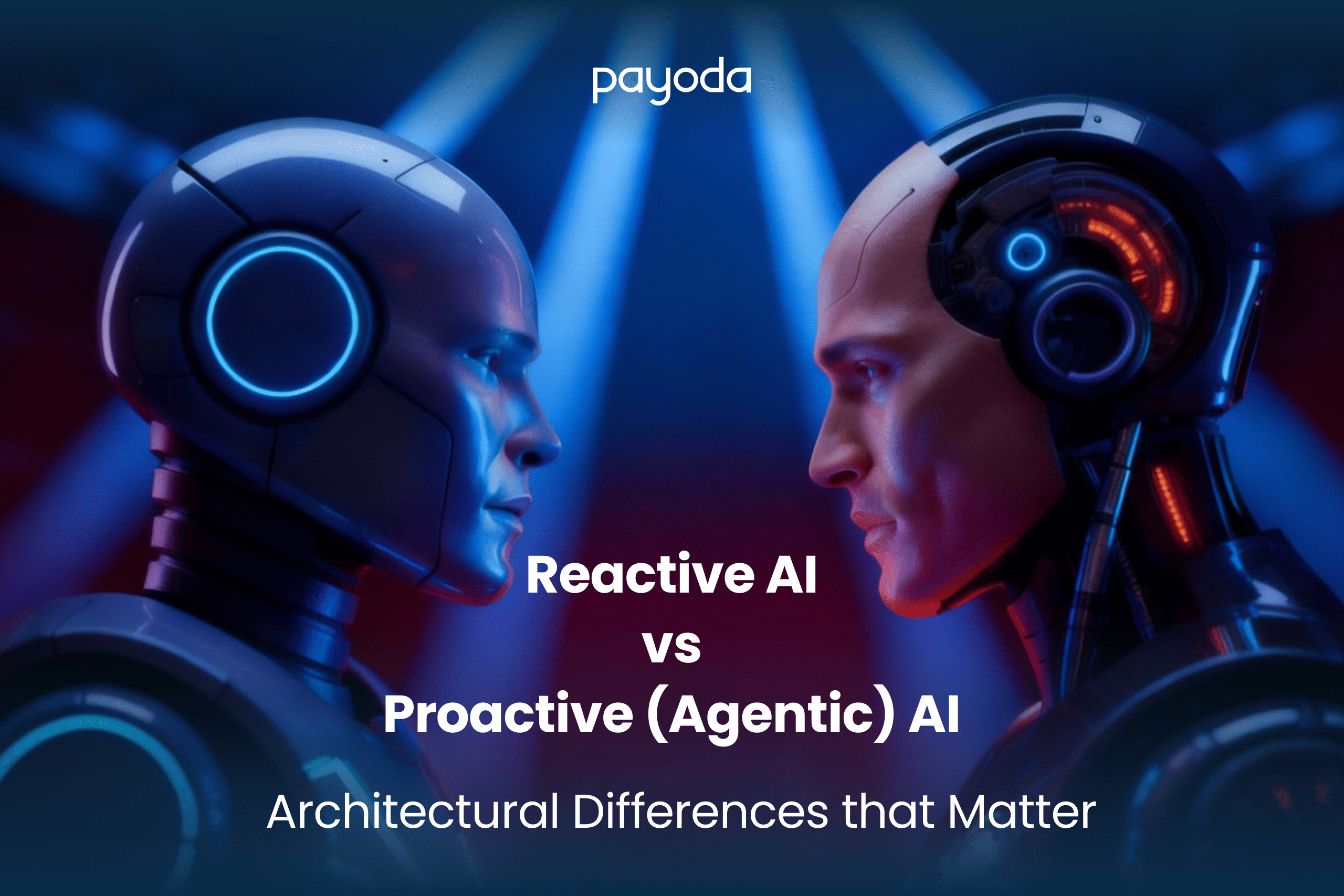
Introduction:
Large Language Models (LLMs) have dramatically transformed the field of natural language processing (NLP). At the heart of their effectiveness lies one powerful concept: text embeddings. These text embeddings—dense vector representations of language—enable machines to understand, compare, and generate human-like text with remarkable precision.
One of the most reliable tools for generating high-quality text embeddings is Sentence Transformers. Sentence Transformers enhance the capability of modern NLP systems by converting text into meaningful numerical representations that capture semantic relationships. This blog delves into how Sentence Transformers power modern NLP applications such as semantic search, clustering, and text similarity. Whether you’re a beginner or an experienced practitioner, this guide will help you understand and efficiently use Sentence Transformers in real-world scenarios.
What Are Text Embeddings?
Text embeddings are numerical vector representations of words, sentences, or paragraphs that capture the semantic meaning of text. Unlike traditional models like Word2Vec or GloVe, which focus on individual words, Sentence Transformers provide context-aware Text embeddings that represent full sentences or even paragraphs.
For instance, the sentences “The weather is nice today” and “It’s a pleasant day” carry similar meanings. When processed with Sentence Transformers, their text embeddings will be close in vector space, reflecting their semantic similarity. This demonstrates how Sentence Transformers and Text Embeddings enable machines to interpret language beyond literal words, focusing instead on meaning and context.
Why Use Sentence Transformers?
Sentence Transformers offer several advantages:
- They generate contextual Text embeddings that preserve the nuances and relationships in text.
- They are pretrained on large datasets, ensuring robust performance across multiple domains.
- They are easy to use, even for beginners in NLP and machine learning.
These strengths make Sentence Transformers ideal for tasks such as semantic search, information retrieval, clustering, and recommendation systems.Their ability to generate accurate and meaningful Text Embeddings has made them a cornerstone for modern AI applications in natural language understanding.
How to Use Sentence Transformers to Generate Text Embeddings
Here’s a simple step-by-step guide to start using Sentence Transformers for generating text embeddings.
Step 1: Install the Library
First, install the Sentence Transformers library via pip:
pip install sentence-transformers
Step 2: Load a Pretrained Model
Choose a pretrained model based on your use case. For general-purpose tasks, all-MiniLM-L6-v2 is a great starting point.
from sentence_transformers import SentenceTransformer
model = SentenceTransformer(‘all-MiniLM-L6-v2’)
Step 3: Generate Embeddings
Now, encode sentences to get their embeddings:
sentences = [
“The weather is nice today.”,
“It’s a pleasant day.”
]
embeddings = model.encode(sentences)
print(embeddings)
These text embeddings represent the semantic content of the sentences in a numerical format that can be easily compared.
Step 4: Compute Similarity
Use cosine similarity to compare two sentence embeddings:
from sklearn.metrics.pairwise import cosine_similarity
similarity = cosine_similarity([embeddings[0]], [embeddings[1]])
print(“Cosine Similarity:”, similarity[0][0])
A higher similarity score (closer to 1) indicates that the sentences convey similar meanings. This example highlights how Sentence Transformers convert natural language into comparable Text Embeddings that reveal semantic relationships.
Applications of Sentence Transformers
The power of Sentence Transformers lies in their versatility. Some common applications include:
- Semantic Search – Retrieve the most relevant documents based on embedding similarity.
- Text Similarity – Identify how closely two pieces of text resemble each other.
- Clustering – Group similar documents or sentences automatically.
- Information Retrieval – Improve the accuracy of search engines and knowledge bases.
- Recommendation Systems – Match users with relevant content using embedding comparisons.
With these applications, Sentence Transformers are reshaping how we approach language understanding tasks. They create Text Embeddings that allow AI systems to interpret human language contextually and intelligently.
Conclusion:
In the world of modern NLP, Sentence Transformers and text embeddings are indispensable tools. They enable machines to go beyond keyword matching and truly understand the semantic meaning of language. From powering semantic search engines to enhancing recommendation systems, their impact is wide-reaching and profound.
Thanks to their ease of use, scalability, and adaptability to various domains, Sentence Transformers are now a cornerstone of cutting-edge LLM applications. Whether you’re building intelligent search tools or exploring sentiment analysis, leveraging text embeddings through Sentence Transformers is a smart step toward more intuitive and powerful AI solutions. Have questions? Let’s continue the conversation — reach out to our team at https://www.payoda.com/contact/.
Talk to our solutions expert today.
Our digital world changes every day, every minute, and every second - stay updated.









